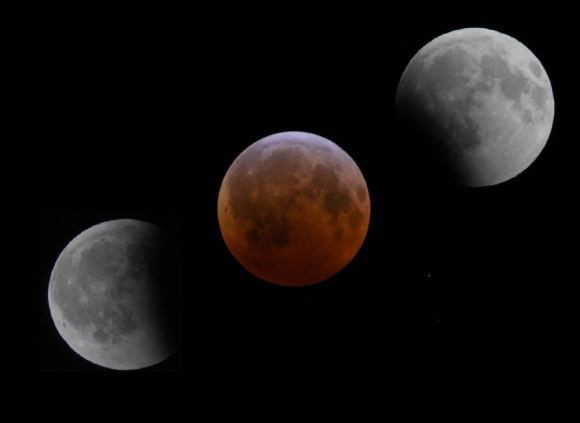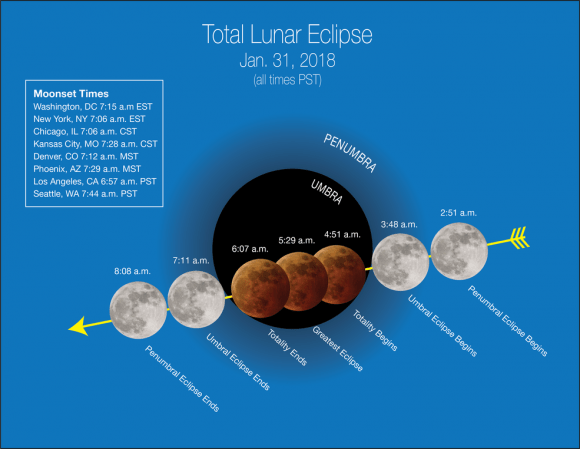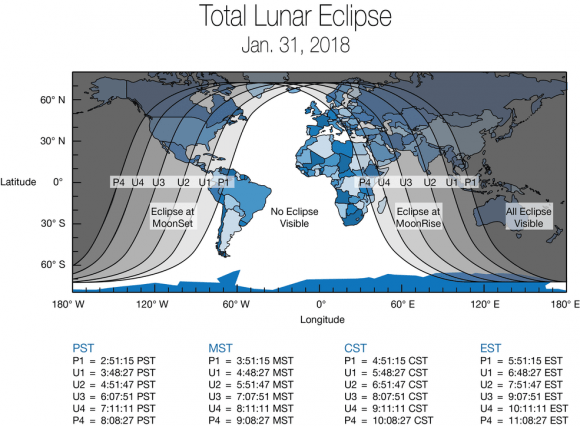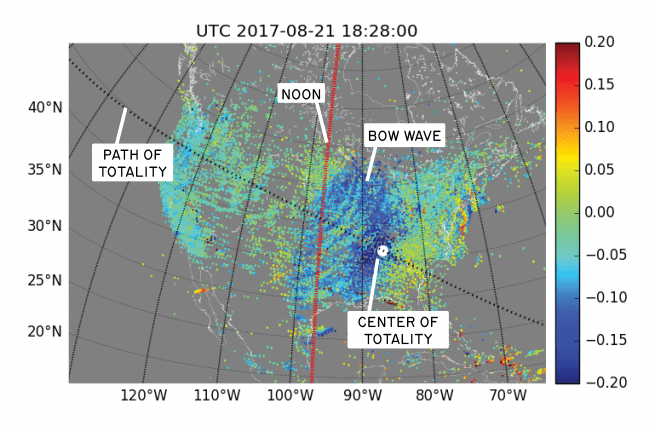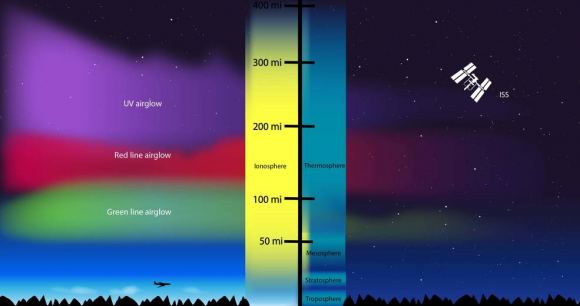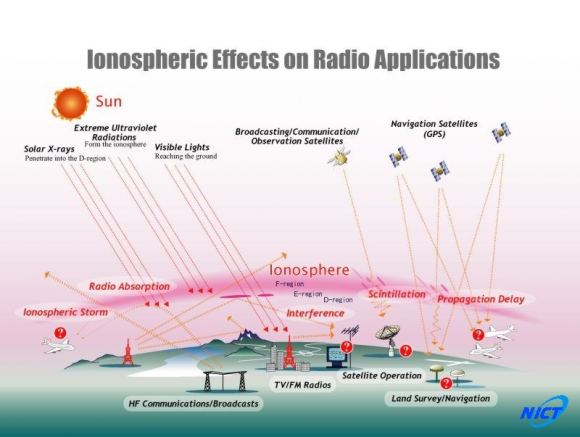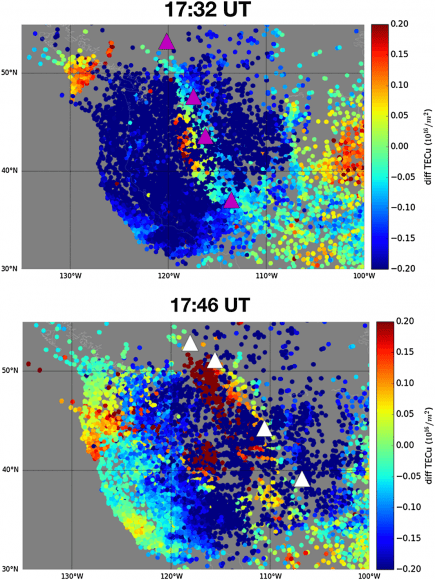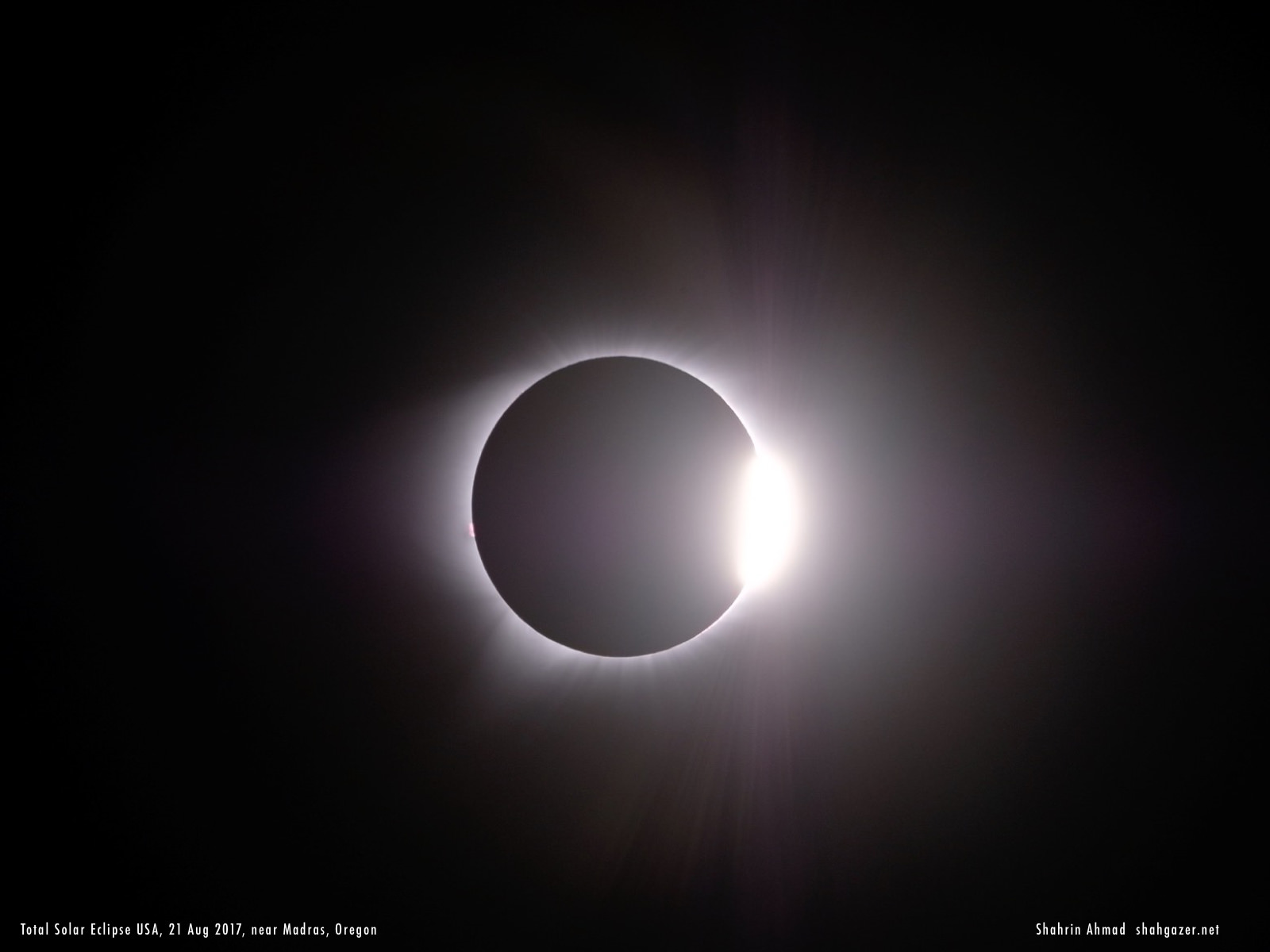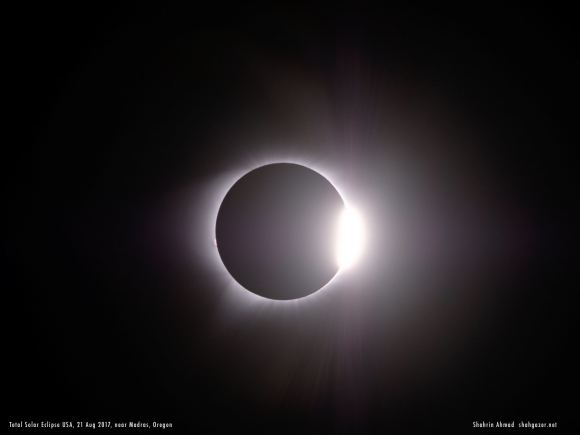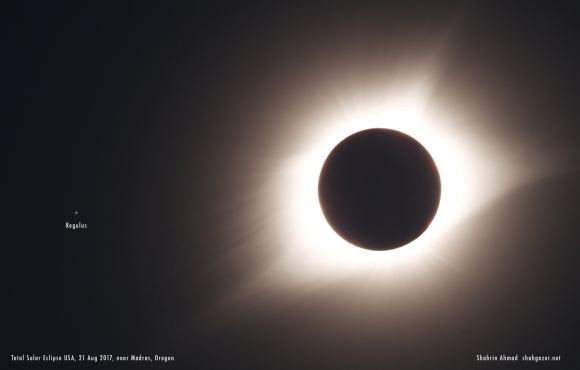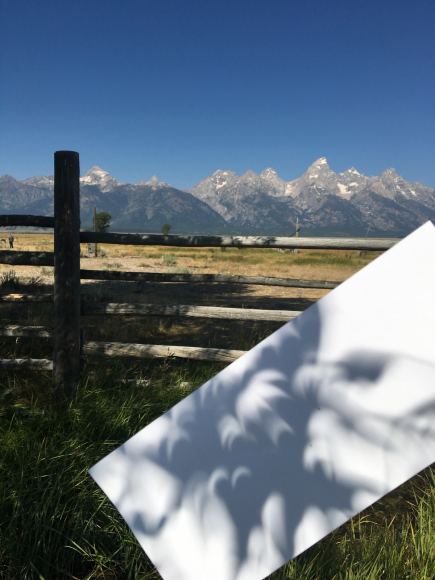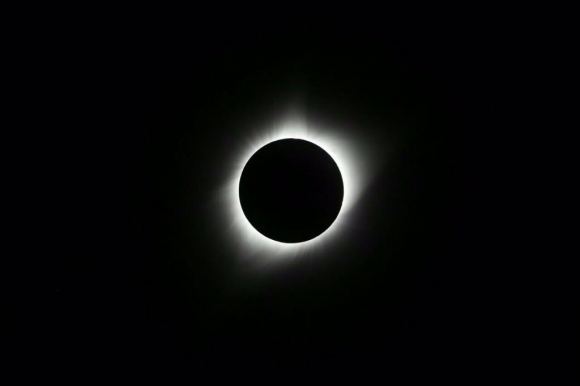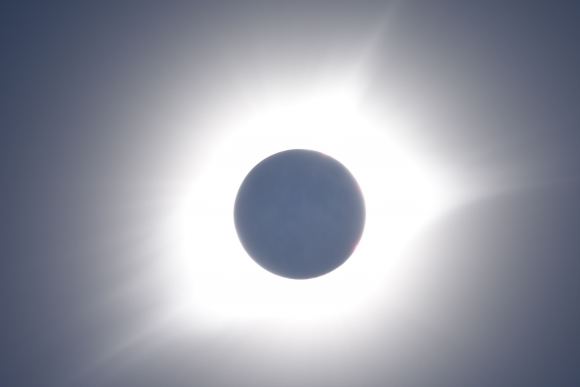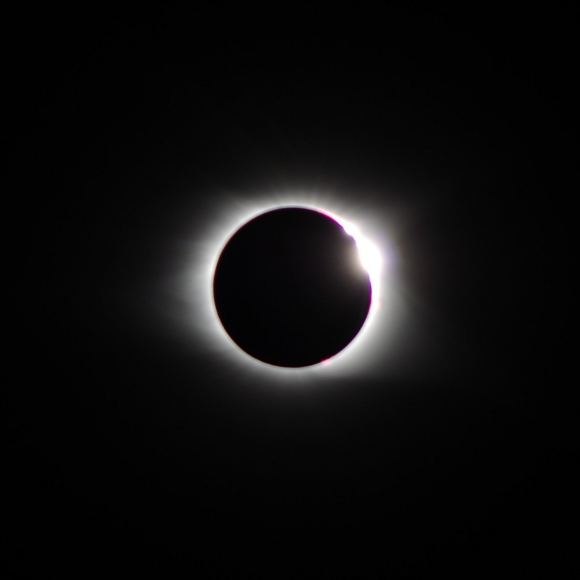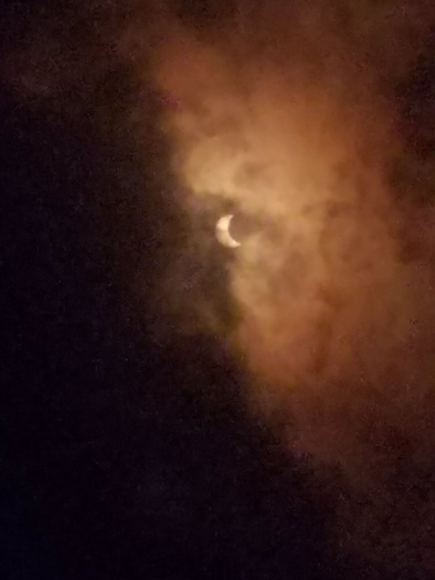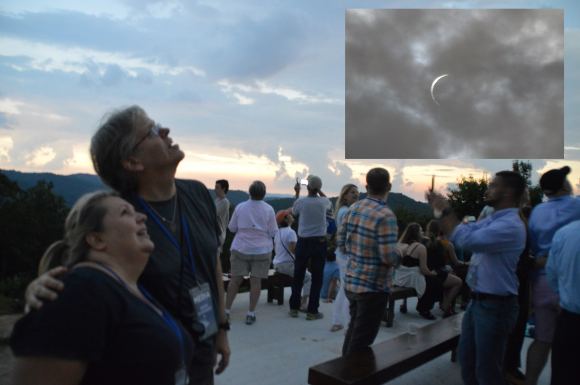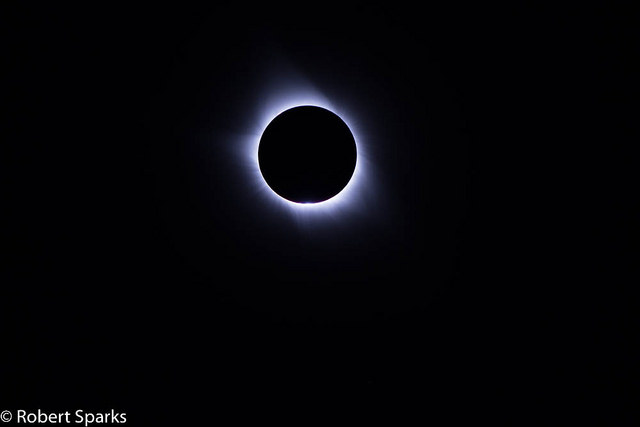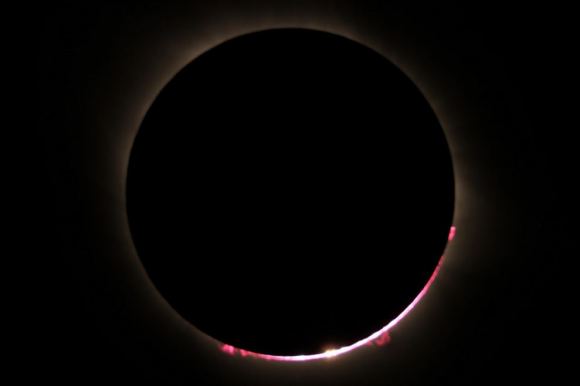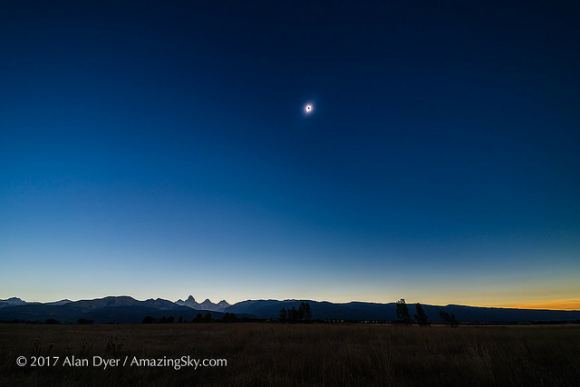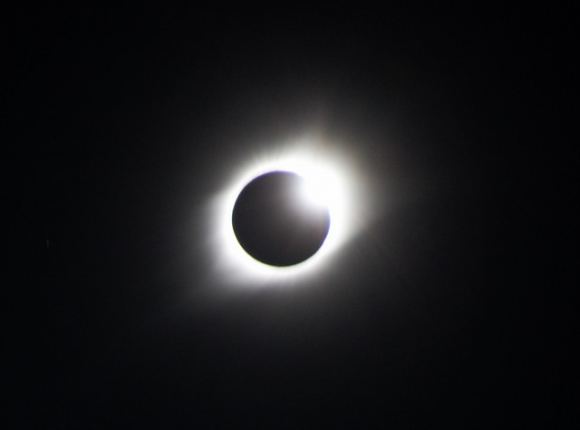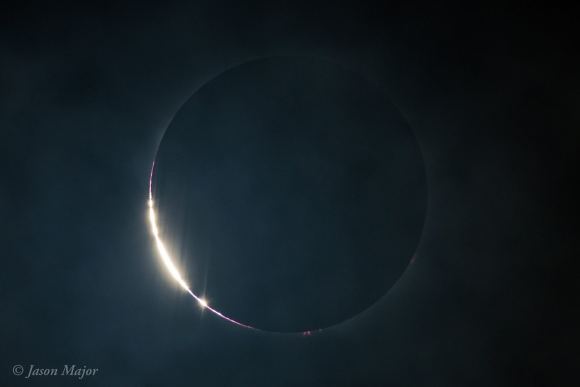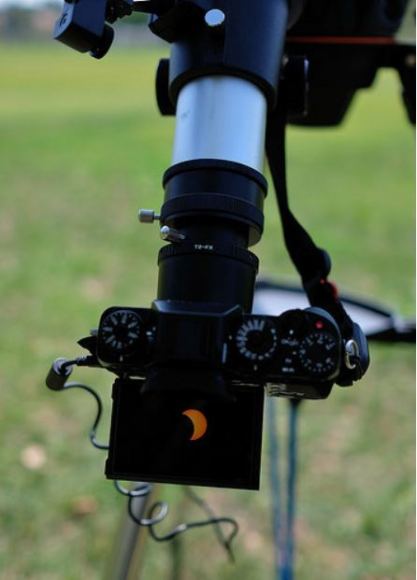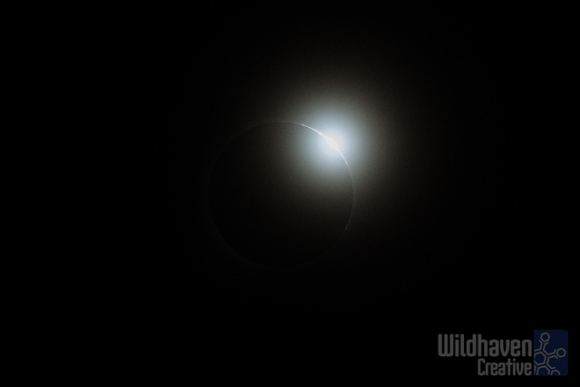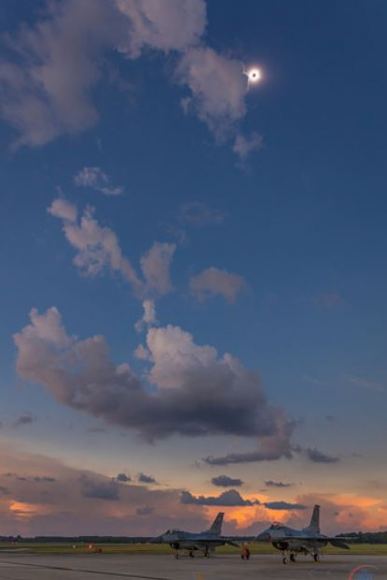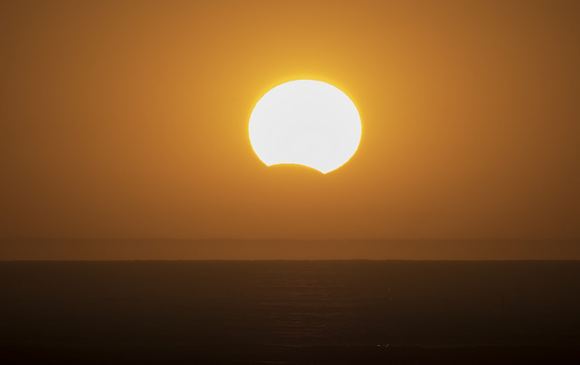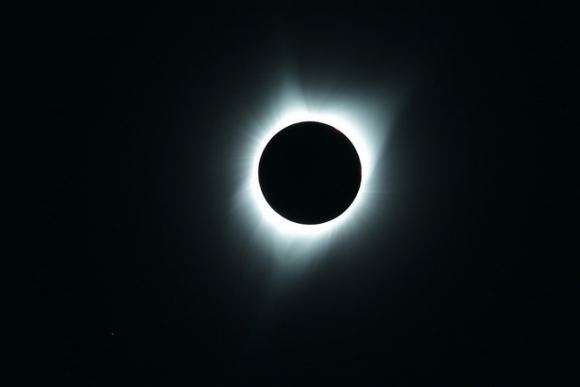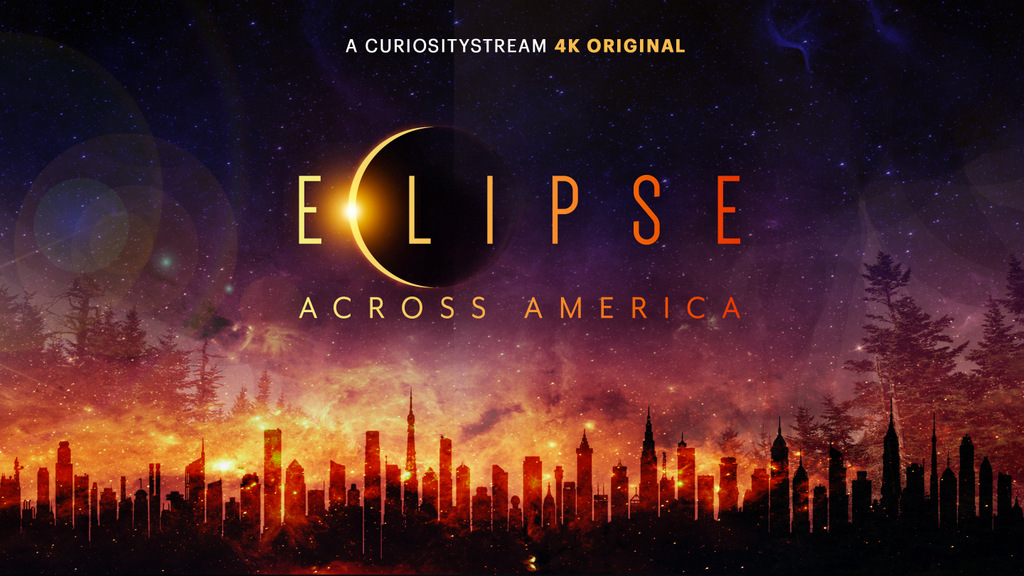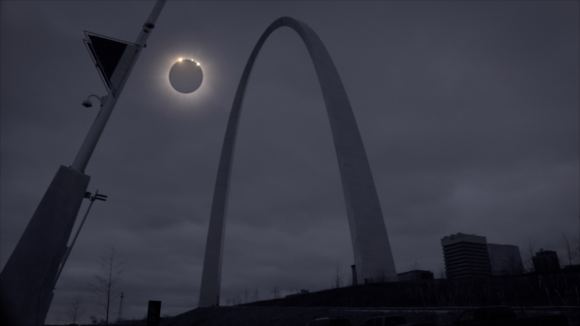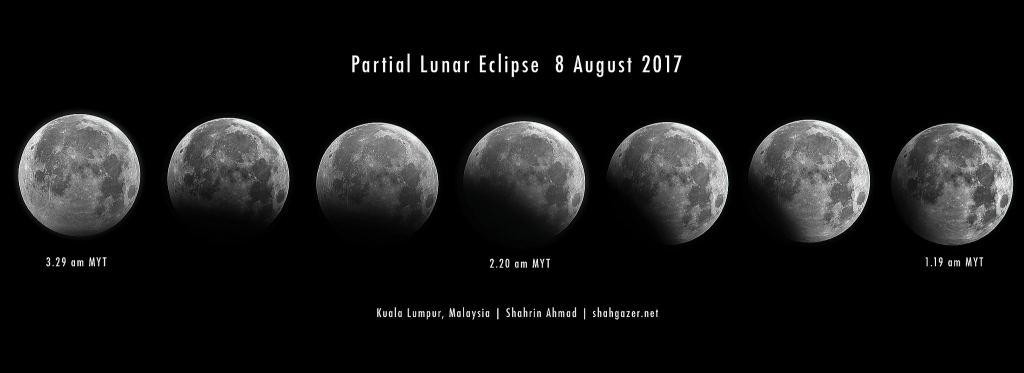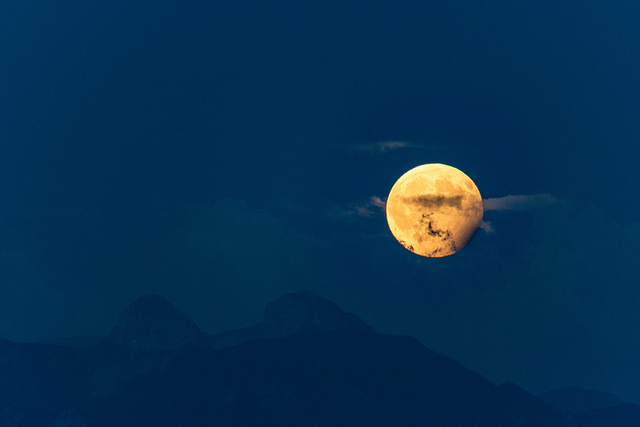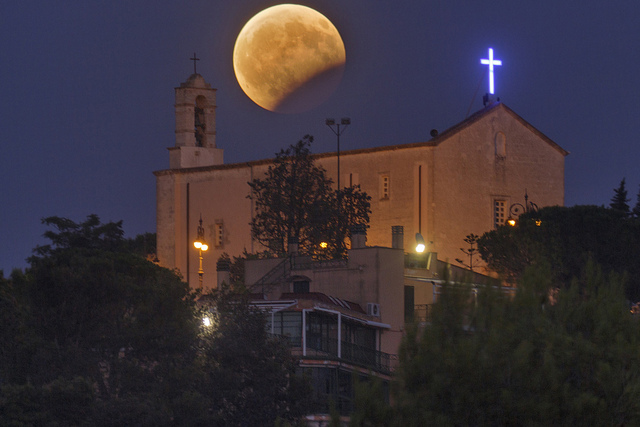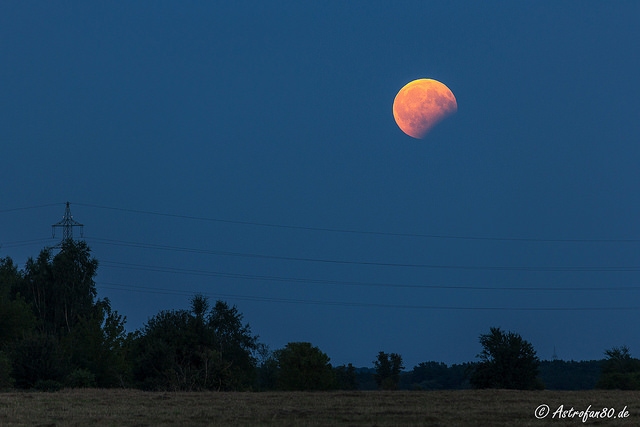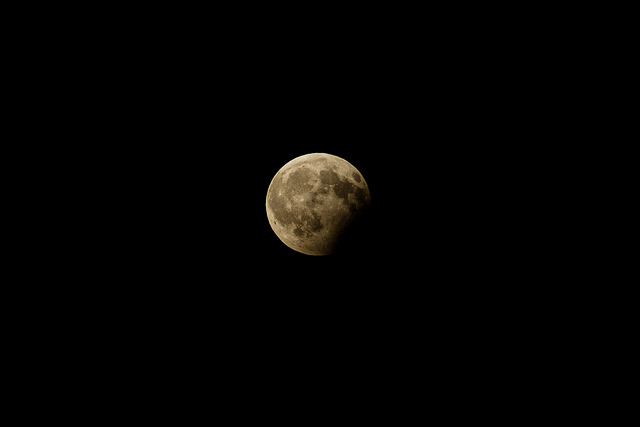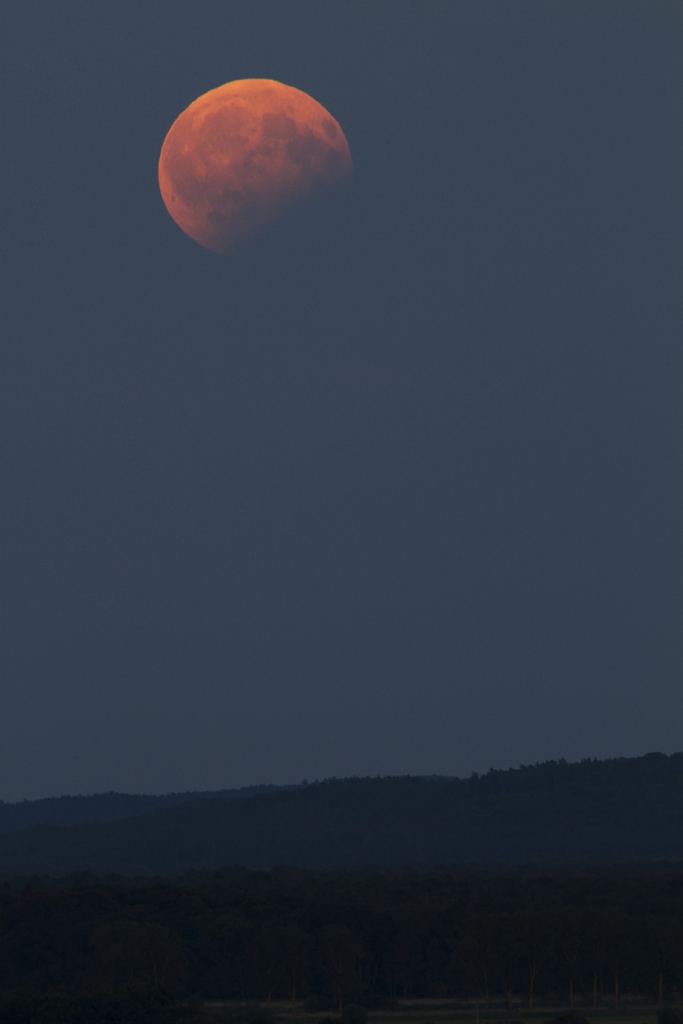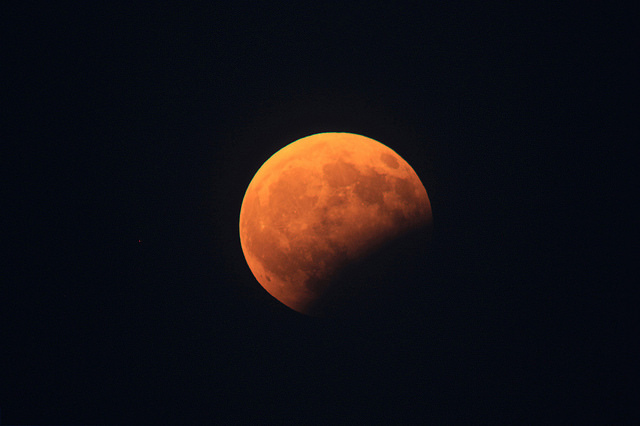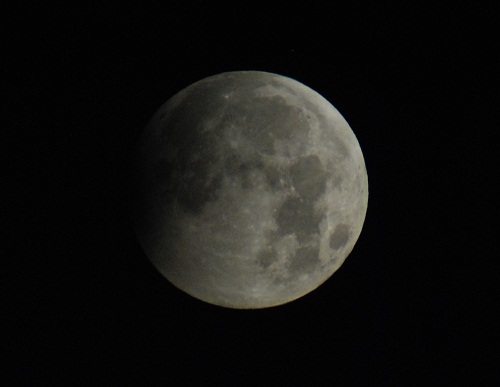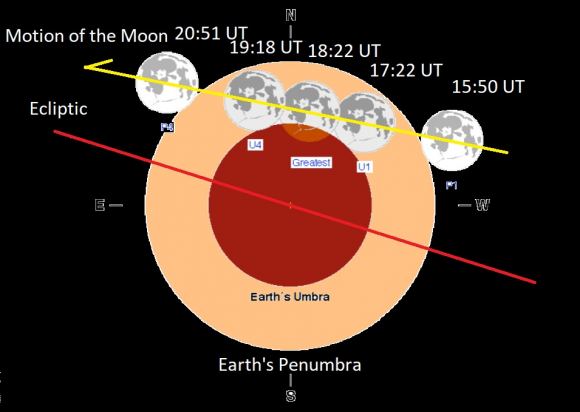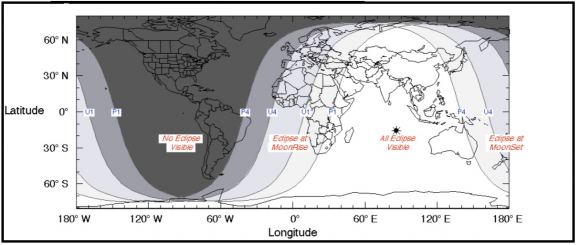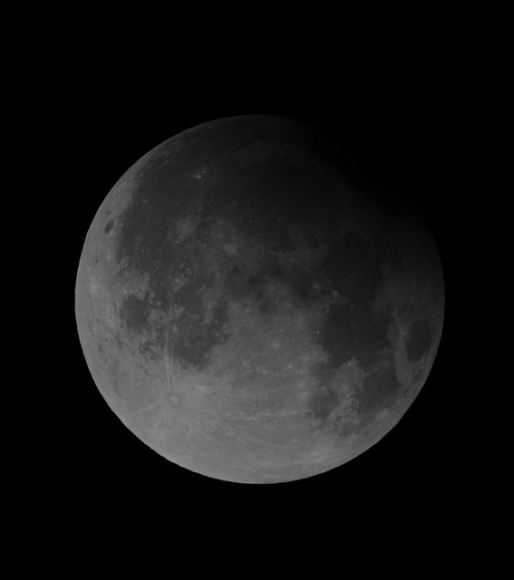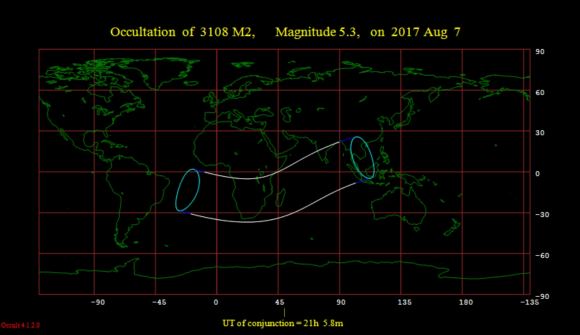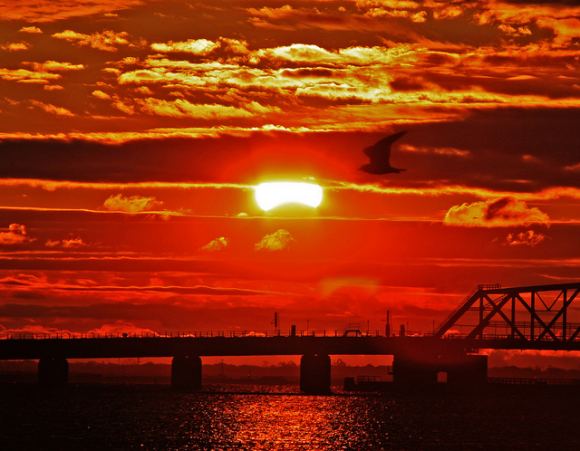
Eclipse season in nigh… though most of us won’t notice the start this week. The second eclipse season for 2018 commences with the arrival of New Moon and Brown Lunation number 1182 at 3:01 Universal Time on (triskaidekaphobics take note) Friday July 13th, 2018. This eclipse is a shallow partial, just skimming the southern hemisphere of the Earth between the Australian and Antarctic continents.
The Eclipse
We doubt many eclipse chasers will make the pilgrimage to Tasmania to see such a slim partial, though we know of at least one, veteran eclipse chaser Jay Pasachoff who has expressed intent on the Yahoo! Solar Eclipse Message List (SEML) message board to head southward this week.
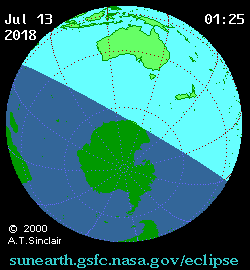
Tasmania gets the best view, with a maximum 9.5% obscuration of Sol as seen from the capital Hobart around 3:25 UT. The upper limit of the eclipse path just skims the southern coast of Australia across the Great Australian Bight and the southern Indian Ocean, and nicks the very southern tip of the south island of New Zealand and Steward Island at 3:48 UT with a barely discernible 1% eclipse before the lunar penumbra departs the Earth. If skies are clear, the very best view just might come along the coast of Antarctica, as the 33% eclipsed Sun rolls along the northern horizon.
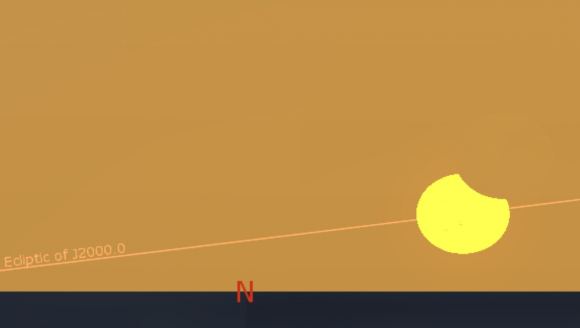
Perhaps a few lone penguins will notice, if they bother to look at the Sun filtered through the murk of the atmosphere along the horizon. France does have one permanently occupied research station in Antarctica named Dumont D’urville along the coast that will see a 30% eclipsed Sun on the horizon right around 3:00-3:15 UT.
We say that this heralds the start of eclipse season, as the ascending node where the Moon’s orbit intersects the ecliptic plane is very near the current position of the Sun. In fact, node crossing occurs at 18:50 UT on July 13th, just 24 hours after New Moon. Eclipses always occur in at least pairs, and the Full Moon two weeks later is close enough to the descending node for a nearly central total lunar eclipse on July 27th (more on that in a bit). This season, however, is special, with a third eclipse ending the cycle on August 11th, 2018, this time gracing the Arctic pole of the Earth along with Scandinavia and Russia.
We’re already seeing some hype surrounding this event as a “Supermoon eclipse,” as the Moon reaches perigee 5 hours 27 minutes past maximum eclipse. Note that this also sets us up for a Minimoon total lunar eclipse two weeks later, as the Moon is near apogee on July 27th.
The Moon’s orbit is tilted 5.145 degrees relative to the plane of the ecliptic, and the nodes make one full revolution around the Earth relative to the equinoctial points once every 18.6 years in what’s known as the precession of the line of apsides.
Viewing a Partial
A partial solar eclipse means that all safety precautions must be taken throughout all phases of the eclipse. This means using approved solar filters that fit snugly over the aperture of a telescope, and solar glasses with the approved ISO 12312-2 rating for solar viewing. We built a safe binocular filter out of a set of spare eclipse safety glasses for the August 21st, 2017 total solar eclipse last year.
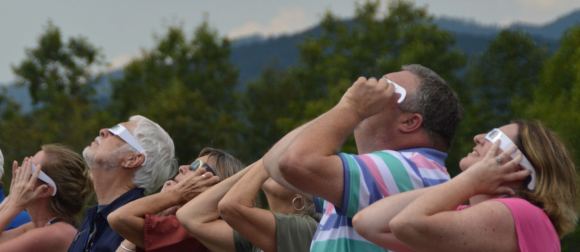
Unfortunately as of writing this, the disk of Sol is blank in terms of Earthward facing sunspots, and may be so on eclipse day. We’re currently headed towards a profound solar minimum and the Sun has already been spotless for more than half of 2018 thus far.
Don’t own a solar filter, safety glasses or a telescope? You can always use our tried and true method of projecting the eclipse using a spaghetti strainer.
It’s all in the gamma. This eclipse is partial only, because the dark inner shadow or umbra misses the Earth by 35.4% of the radius of the planet or about 1,400 miles. The gamma for an eclipse states how many Earth radii an eclipse deviates from central (where the Moon’s umbra is aimed straight at the center of the Earth) and Friday’s eclipse has a gamma value of 1.3541.
Tales of the Saros
Friday’s eclipse is part of an older saros series, member 69 of 71 eclipses for saros series 117. This saros started waaaaaay back on June 24th, 792 AD, and produced its last total solar eclipse on May 9th, 1910. This was also the last total solar eclipse for Tasmania until June 25th, 2131. This series only has two more eclipses to go, with its last event occurring briefly over the Antarctic on August 3rd, 2054. Perhaps, Friday’s event will be the very last one witnessed by human eyes for saros 117.
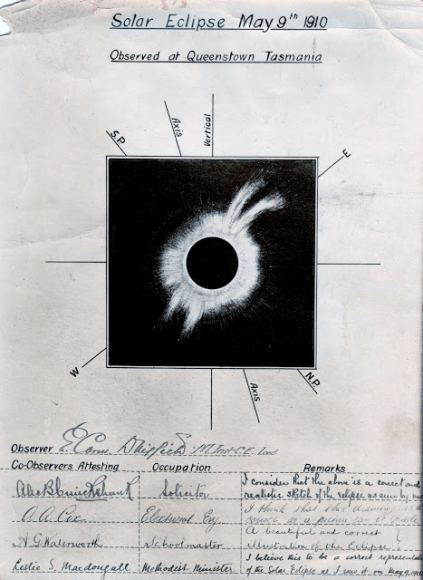
This also sets us up for the best of the three eclipses this season, the total lunar eclipse at the end of the month on July 27th. This eclipse will be widely visible across Africa, Europe, Asia and Australia—only the Americas miss out.
A Possible Views… “From Spaaaaaaace…”
The International Space Station also threads its way through the outer shadow of the Moon towards the end of the event Friday at ~3:50 UT. ESA’s solar observing Proba-2 spacecraft might just get a very brief view as well from its vantage point in low Earth orbit, around 3:09 UT.
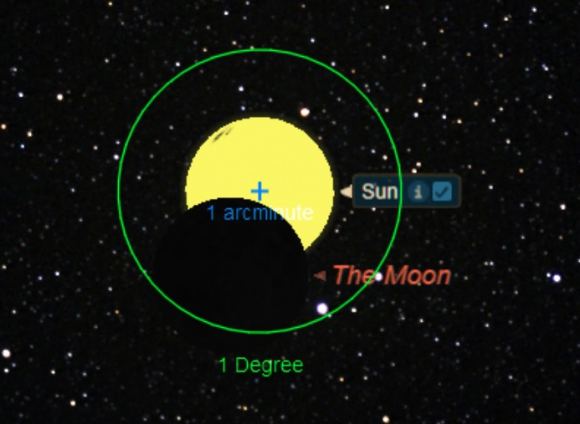
And although most of us miss out on Friday’s eclipse, you can still try and spot the slender crescent Moon on the evening of Friday, July 13th. The U.S. East Coast is particularly well placed to try and spy the slim Moon low to the west, only 22 hours after New. After that, the Moon tours all of the naked eye planets, passing Mercury and Venus this weekend and passing Jupiter, Saturn and Mars en route to the July 27th total lunar eclipse.
Will anyone webcast the eclipse live? So far, no webcasts (not even from the venerable Slooh site) have surfaced… if anyone else is planning on featuring the July 13th partial solar eclipse, let us know!
It’s the biggest question when it comes to solar eclipses. When’s the next total? Well, just under a year from now, the next total solar eclipse crosses Chile and Argentina on July 2nd, 2019. Note that this event crosses over several major astronomical observatories at La Silla. How many newly minted eclipse chasers fresh off last year’s Great American Eclipse experience can’t wait until totality next visits the United States on April 8th , 2024 and plan to head to South America next summer?
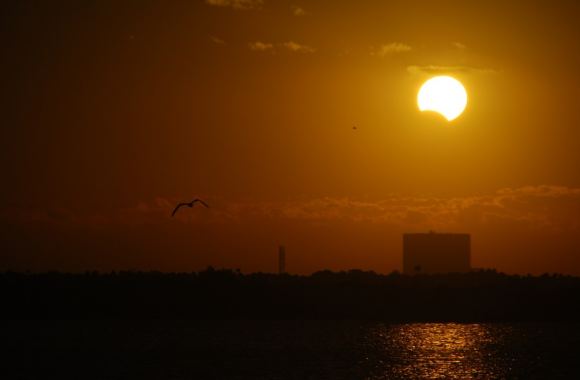
A partial eclipse may not inspire many eclipse chasers to hop on a plane, but we can still marvel at the celestial ticks of a clockwork Universe carry on, right on schedule.
-Got the eclipse chasing bug? Read all about eclipse chasing, observing and photography in our new book, the Universe Today Guide to Viewing the Cosmos: Everything You Need to know to Become and Amateur Astronomer out on October 23rd.



